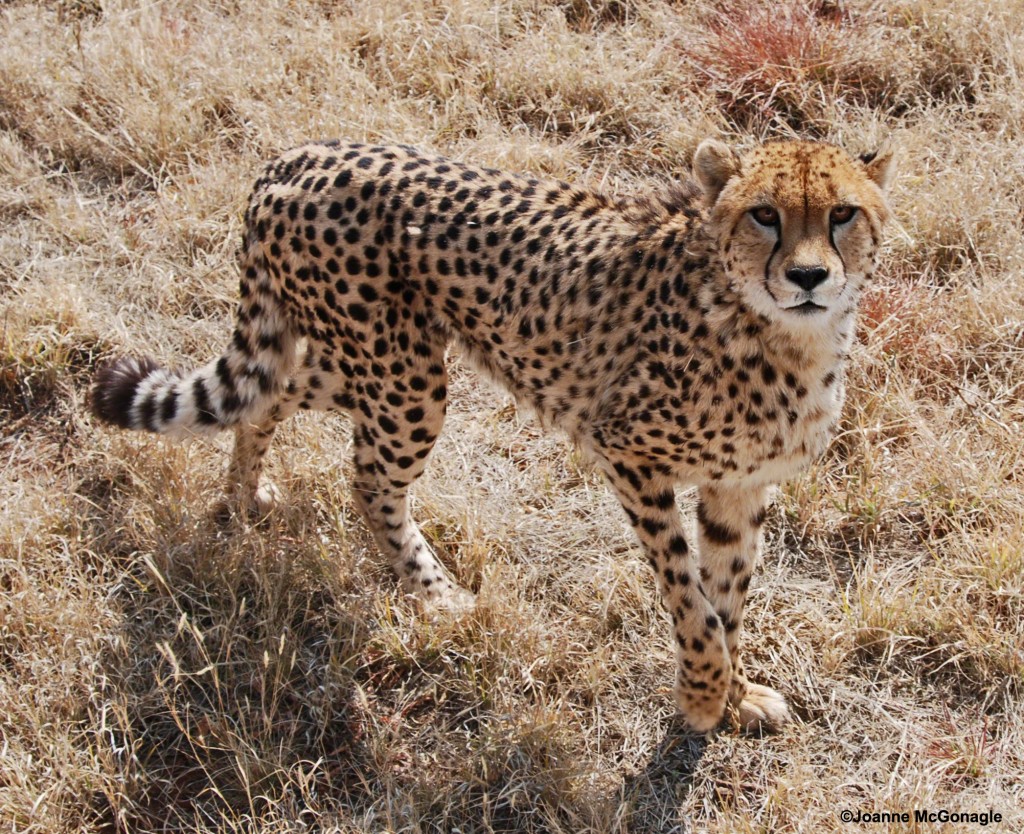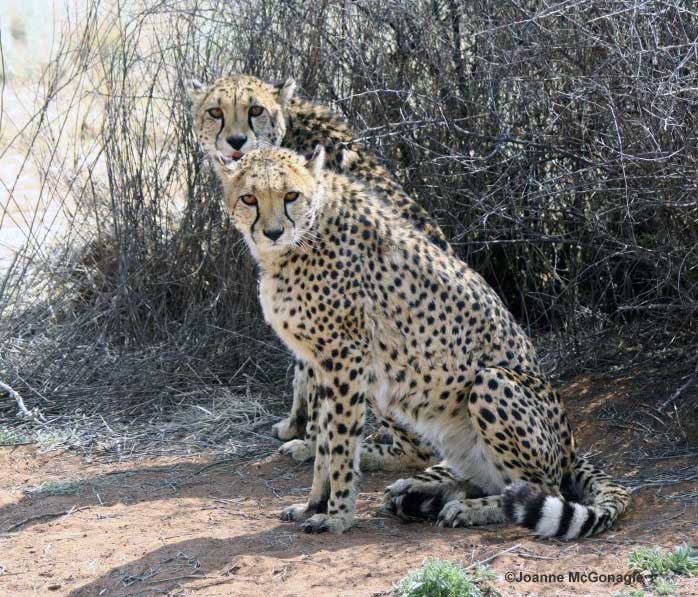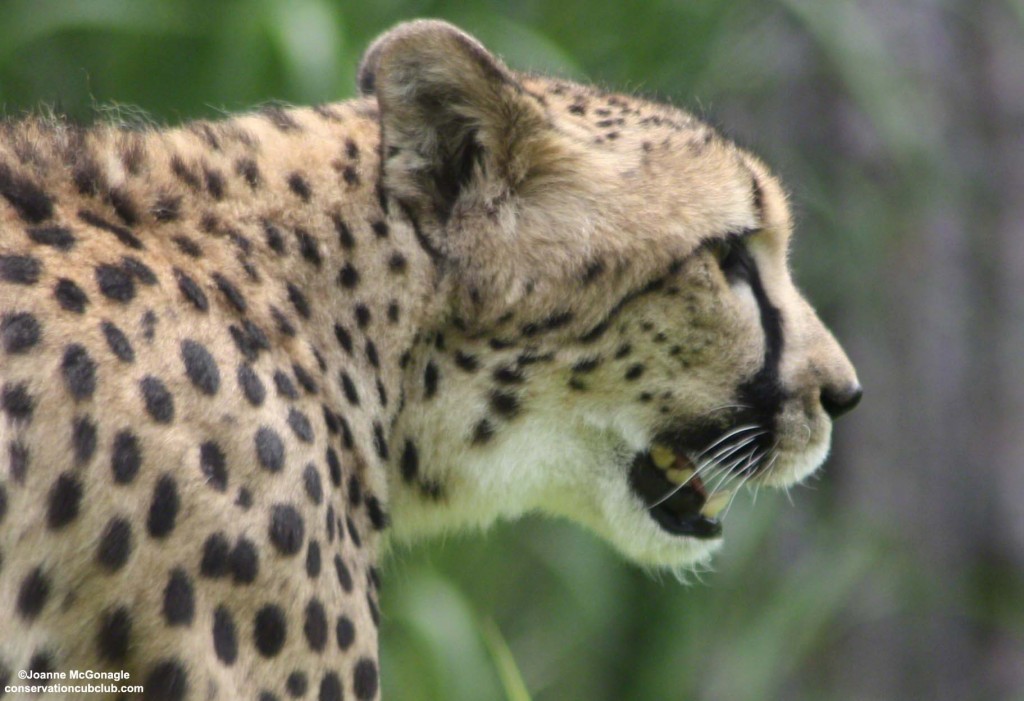
The Plan to Reintroduce Cheetahs to India
Cheetah reintroduction plan to India is moving forward on an experimental basis. The National Tiger Conservation Authority sought permission from the country’s supreme court to relocate cheetahs from Namibia to India. Based on the court’s favorable ruling, authorities will begin identifying suitable habitat for the big cats.
Suitable habitat depends on prey availability and the potential cheetah-human conflict. Several sites in consideration for the relocation are the Kuno-Palpur Wildlife Sanctuary in Madhya Pradesh, the Velavadar National Park in Gujarat and the Tal Chapar sanctuary in Rajasthan.
HISTORY of Cheetahs Across the Indian subcontinent
The big cat has cultural links to India dating back thousands of years. The word cheetah derives from the Sanskrit word citraka, meaning “spotted one”. Once so plentiful across the Indian subcontinent, the Mughal emperor Akbar, who reigned from 1556 to 1605, kept as many as 1,000 as hunting companions.
By the early 20th century the cat population had dwindled. A maharaja in the mountains of Chhattisgarh hunted and killed the last three Indian cheetahs in 1947. In 1952, cheetahs were declared extinct on the subcontinent.
India spent years trying to repopulate the spotted cats into the country. Conservation biologists pondered importing or cloning Asiatic cheetahs. Because this is the subspecies that once lived in India. Government officials tried to import cats from Iran, which is home to the world’s last population of Asiatic cheetahs. Negotiations fell apart after the Islamic Revolution of 1979. The Iranian population is struggling at less than 40 individuals. Cloning plans did not come to fruition so advocates of the reintroduction plan began to focus on importing African cheetahs, a distinct subspecies from the Asiatic cheetah.

What defines a native species?
Both African and Asiatic cheetahs are sleek and graceful with sand-colored coats covered in solid black spots, and black “teardrop” marks running downward from their eyes. But, the Asiatic subspecies is a bit smaller and their coats are a lighter shade. These are small distinctions but force the questions about what defines a native species and can we swap one subspecies for another?
Stephen O’Brien, a geneticist long interested in animal genetics, advances the theory that the cheetah genome, across subspecies, is uniform. O’Brien states the slight variation is “like the amount of distance between the people of Baltimore and the people of Philadelphia. Others disagree.
Pamela Burger’s work as a conservation geneticist reveals “significant divergences” among different subspecies. Her research shows both the Asiatic and Northeast African cheetahs are thought to be genetically distinct from South African cats.
The cheetah genetics debate reached all the way to India’s Supreme Court. In 2012, the director of the Wildlife Conservation Society of India argued that India should spend their limited conservation resources on improving management of native species. The court concurred ruling African cheetahs are a foreign species which never existed in India. Therefore, introducing the African cat was not legally permitted.
But in the last year, a request from the Indian government prompted the supreme court to reexamine that injunction ruling the cheetah can be introduced on an experimental basis.

India’s Inconsistent Record Managing Big Cats
Stoking concerns or the reintroduction is India’s inconsistent record managing big cats. Intensive conservation efforts have enabled the country’s tiger populations to be increasing yet in the summer of 2019 more than 200 lions died in the Gir forest region of Gujarat due to infections and illness. Ritwick Dutta, an environmental lawyer calls the reintroduction ” a clear case of misplaced priorities” diverting time and resources from the endangered native Indian species.
Preparing Habitat for Reintroduction
The Indian government must ensure there is enough prey to sustain the imported cats along with habitat large enough to minimize conflict with humans. Some activists say none of the proposed habitats are large enough to accomodate the cats. For example, Serengeti National Park in Tanzania has an area of 14,750 square kilometers with an ample prey bases. The Indian wildlife habitats are approximately 1,000 square kilometers, with far less prey than their African home.
Dr. Laurie Marker, founder of the Cheetah Conservation Fund (CCF) in Namibia, says if the Indian authorities are willing to dedicate sufficient resources, they will not be on their own. CCF will help select suitable cheetahs for relocation to India. Cheetahs with the best chance of survival will not have a history of attacking livestock. They need to be savvy to threats from stronger predators and fit within defined age parameters. If handled correctly, Marker is optimistic. She says, “Cheetahs, are very adaptable.”
Jairam Ramesh, a former environment minister, initiated the reintroduction program 10 years ago so is thrilled with the Supreme Court’s ruling. He touts the ruling as a momentous occasion. The cat is listed as “vulnerable” by the International Union for Conservation of Nature. Therefore, transporting African cheetahs to new habitats might improve their long-term viability.